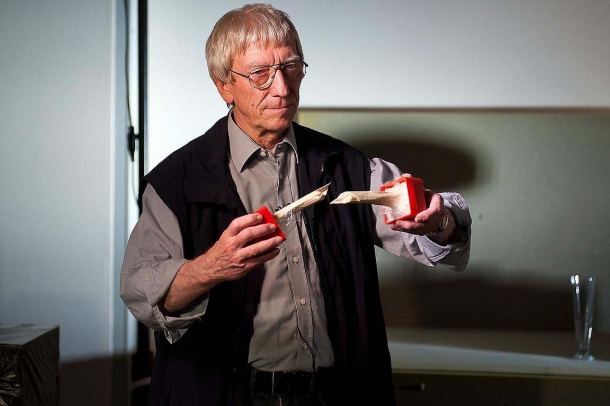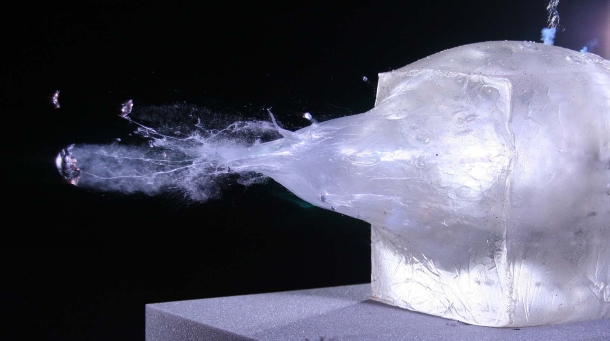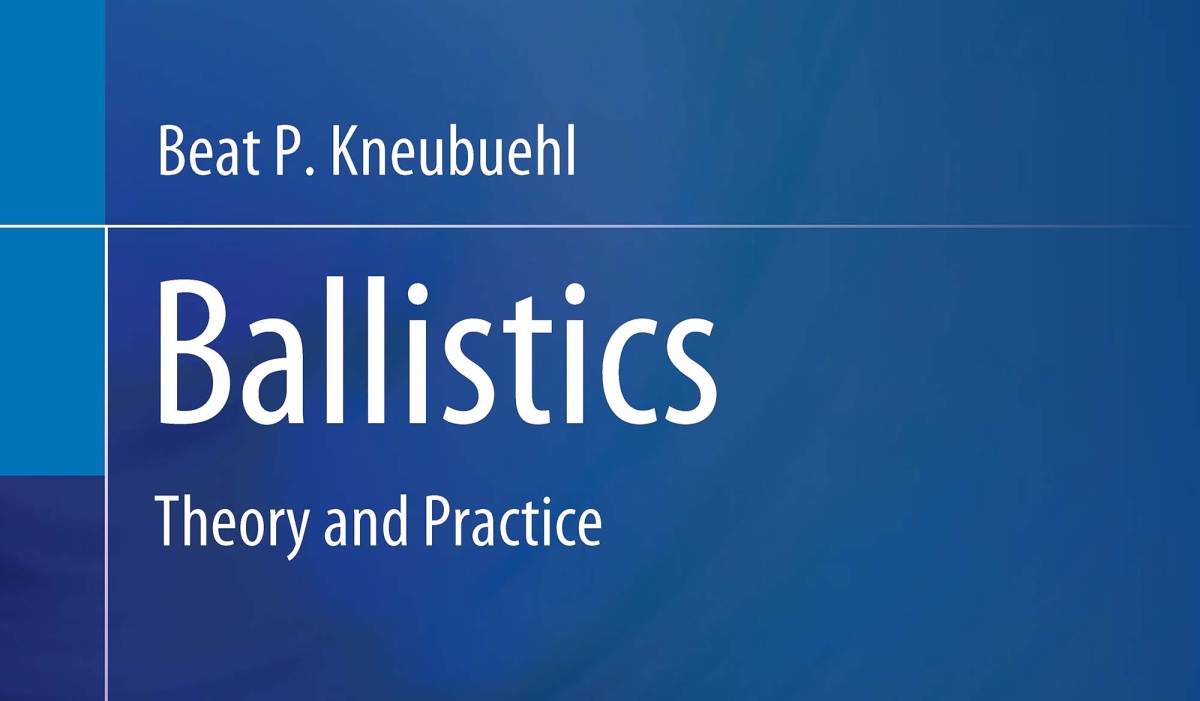Ballistics: Theory and practice - now available in English
Previously available only in German, the book 'Ballistics: Theory and practice' by Dr. Beat P. Kneubuehl has now been translated in English and is available through Springer Nature Link

Dr. Beat P. Kneubuehl
Dr. Beat P. Kneubuehl holds a PhD in forensic science and a master’s degree in mathematics. For 33 years he was head of the Ballistic Science Unit at the Ballistics, Weapons and Ammunition Test Centre of the Swiss Ministry of Defence, where he developed key ballistics software and frequently played a leading role in range tests involving every caliber of munition.
He devoted himself to the problems of ballistic protection and the effects of projectiles under the auspices of the European Committee for Standardization and of NATO, and after completing a doctorate in forensic science, he added forensic ballistics to his field of activity. Upon leaving the Swiss MoD, he headed the Centre for Forensic Physics and Ballistics at the Institute of Forensic Medicine at the University of Bern.
Widely regarded as the world's leading ballistics expert, he has long been known for his seminal work – Ballistics: Theory and Practice – which can justifiably be described as the bible of ballistics, previously only available in German and now also piblished in English.

Dr. Kneubuehl's work provides comprehensive, practice oriented coverage of ballistics. It explains the principles and calculation methods for the main four areas of ballistics, regardless of caliber, drawing on numerous facts, experiments and observations from the author’s decades of experience.
At the beginning of the book, a chapter on physical basics summarizes and explains the physical fundamentals, specifically tailored to ballistics. This ensures that readers always have access to the most important principles from the fields of mechanics, thermodynamics and fluid dynamics.
The chapter on interior ballistics deals with explosive substances (explosives and propellants) and their properties, insofar as this is necessary for ballistics. This is followed by a detailed description of the internal ballistic process, followed by a section on methods for calculating it on a thermodynamic and gas dynamic basis.

The basic equations for calculating the gas pressure and velocity of solid rockets are explained and alternative systems for accelerating projectiles are presented. The chapter concludes with a description of how to calculate the initial velocity of fragments using the Gurney method.
The following chapter on intermediate ballistics begins with a description of the processes that occur when the bullet leaves the muzzle. A formula for calculating the muzzle velocity of the powder gases is explained.
The barrel vibrations during bullet acceleration and bullet departure are explained and possibilities for measuring the resulting muzzle error are described.
The chapter on exterior ballistics begins by describing the forces acting on the projectile. These include meteorological influences, centrifugal and Coriolis forces and, at greater distances, the curvature of the Earth.
This is followed by equations for calculating the trajectory in the mass point model, including wind influence. Various options for solving the boundary value problem (when the target is specified) are discussed.
The complete system is then discussed in six degrees of freedom and a system with four degrees of freedom is presented, which can be used to calculate the stability of a projectile along its entire trajectory.
A detailed section describes the stability and tractability of a spin-stabilized projectile and describes various experiments and incidents with insufficiently stable projectiles. Another section deals with aerodynamically optimal projectile shapes that have actually been realized.

The chapter on terminal ballistics is primarily based on numerous experimental results. Results from firing tests against steel, aluminum, wood and masonry are presented. Basic principles of protective arrangements that have been experimentally verified are discussed. One section is devoted to the testing and evaluation of ballistic protection.
The following chapter is devoted exclusively to ricochets and examines the relationship between the angle of impact and the angle of departure depending on the projectile and the object being struck. The calculation of approximate trajectories of ricocheting projectiles is outlined.
The final chapter is devoted to some special applications of ballistics in forensics and in matters of safety at shooting ranges.f
Dr. Beat P. Kneubuehl's Ballistics: Theory and practice is available for direct purchase worldwide on the Springer Nature Link website, at a price of €119,83 for the eBook edition and €176,79 for the hardcover edition.



